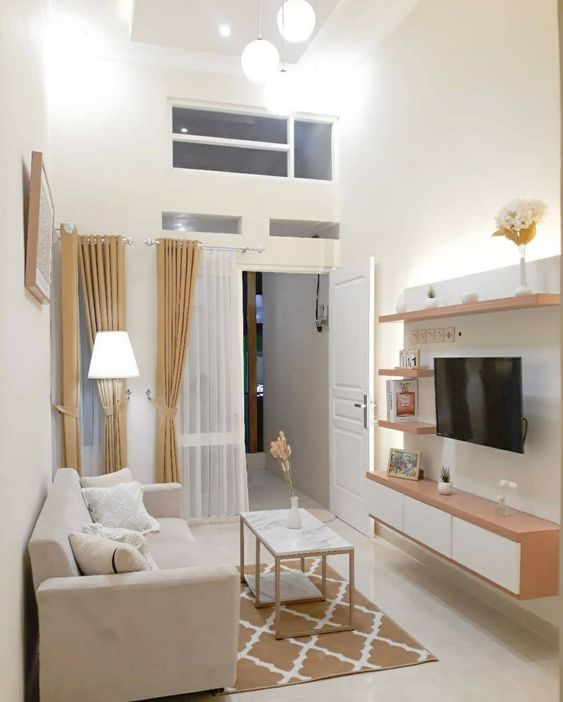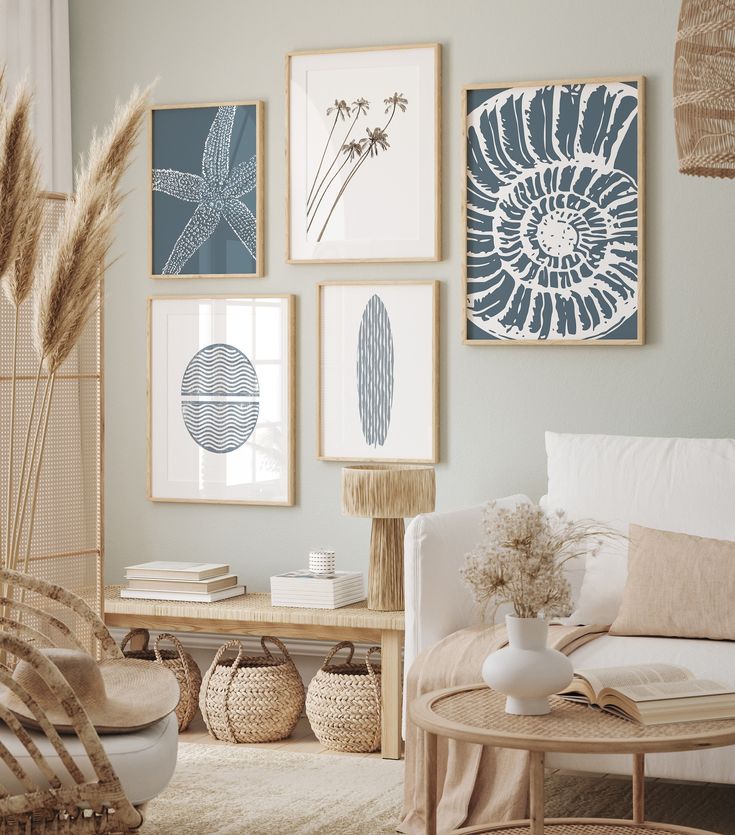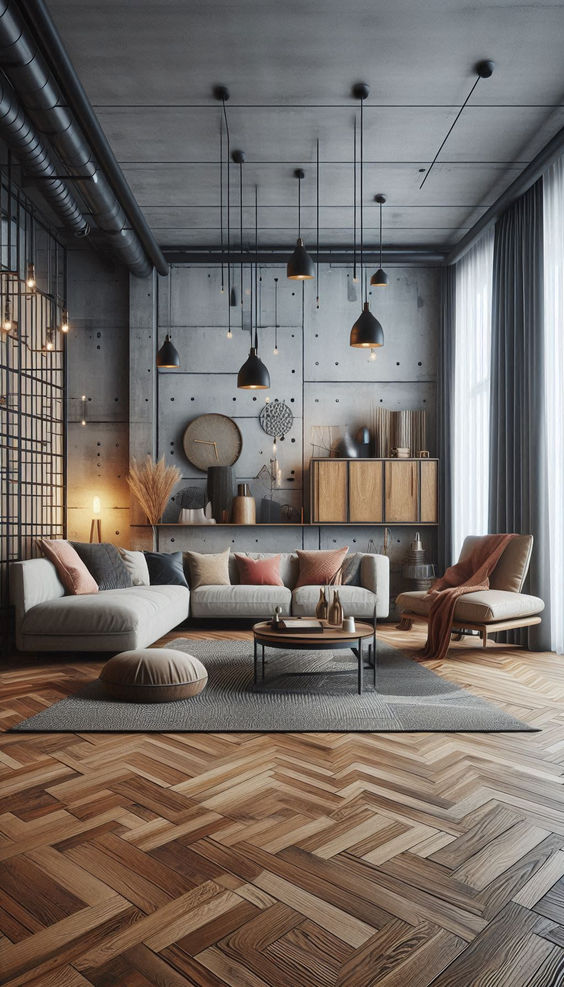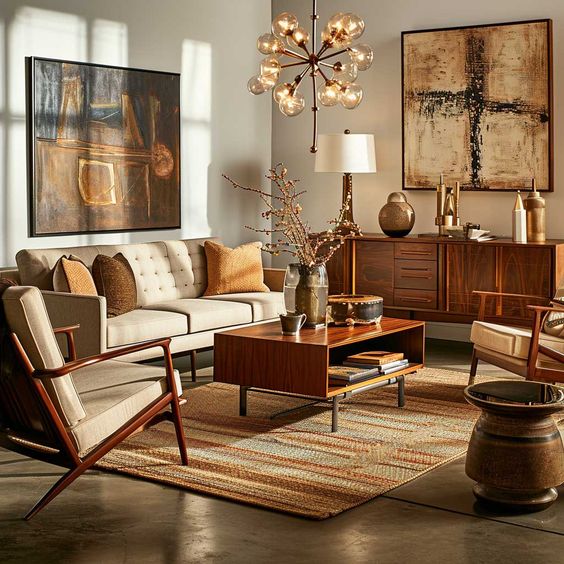Living in a small space can be both challenging and rewarding. Whether you’re in a tiny apartment, a studio, or a compact house, making the most of every square foot is essential. Fortunately, with the right approach, you can maximize the functionality, storage, and style of your home. Here’s how to make the most of your small space, without feeling cramped or overwhelmed.
1. Adopt Multifunctional Furniture
One of the best ways to save space is by choosing furniture that serves more than one purpose. Multifunctional pieces like sofa beds, fold-out tables, and storage ottomans can make a huge difference. For example, a sofa bed can serve as a place to relax during the day and a comfy bed at night. Additionally, a dining table that doubles as a workspace gives you more options in a limited space.
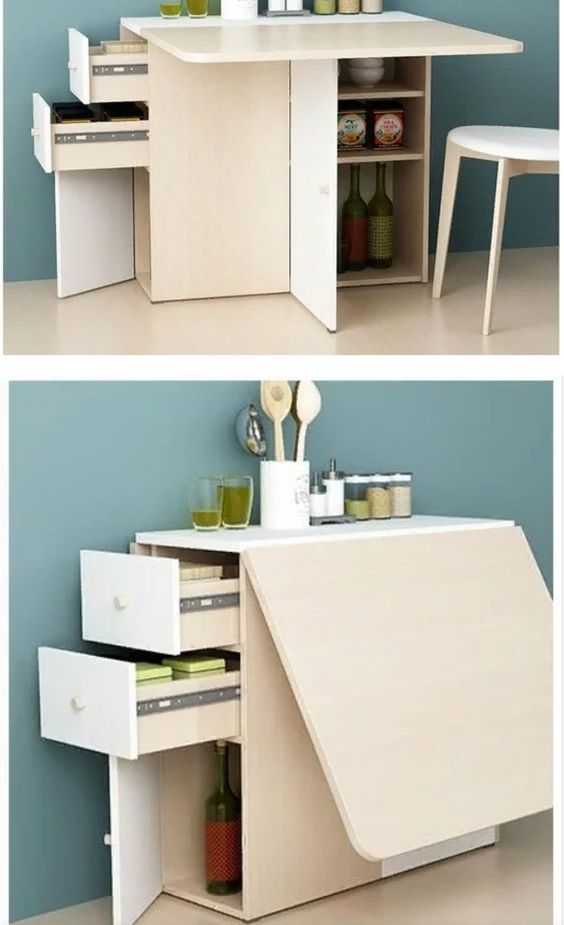
To further optimize, consider nesting tables that can be tucked away when not in use. Furniture with hidden storage, like under-bed drawers or cabinets with built-in compartments, can also help you store items out of sight.
2. Use Vertical Space
When floor space is limited, you need to think upwards. Shelving units, wall-mounted racks, and hooks can add storage without taking up valuable floor space. For example, use floating shelves above your desk to store books, plants, or decorative items. A pegboard mounted on the wall can keep your accessories and tools organized and accessible.
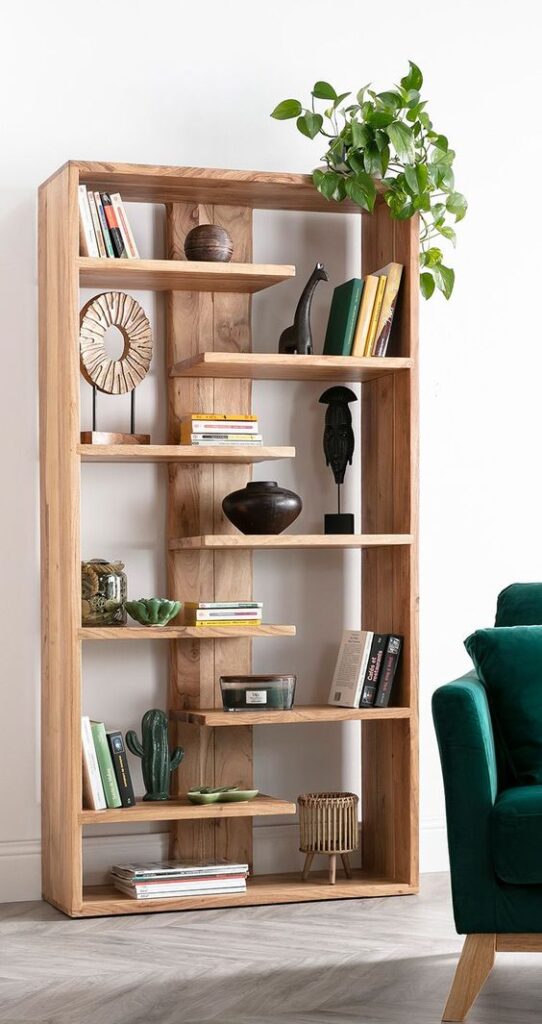
Vertical storage also works well in kitchens and bathrooms. Hanging racks for utensils or towels can help keep things off counters and within reach. In small bedrooms, wall-mounted nightstands or floating desks keep essential items nearby without cluttering the space.
3. Choose Light Colors and Reflective Surfaces
When designing a small space, light colors can help create the illusion of a larger, more open room. Soft whites, pastel tones, and light neutrals on walls, ceilings, and furniture reflect light and make the room feel more airy. Dark colors, on the other hand, can make a room feel smaller and more closed in.
Incorporating reflective surfaces, like mirrors or glass furniture, can also add a sense of depth and openness. A large mirror on one wall can make your space feel twice as big. Glass tables or light-colored wood furniture further enhance the airy feeling of your home.
4. Keep It Organized with Smart Storage Solutions
Clutter can quickly take over small spaces, so it’s important to stay organized. Invest in storage solutions that are both functional and stylish. For example, under-bed storage bins or storage cubes can help you store off-season clothes, shoes, or extra linens.
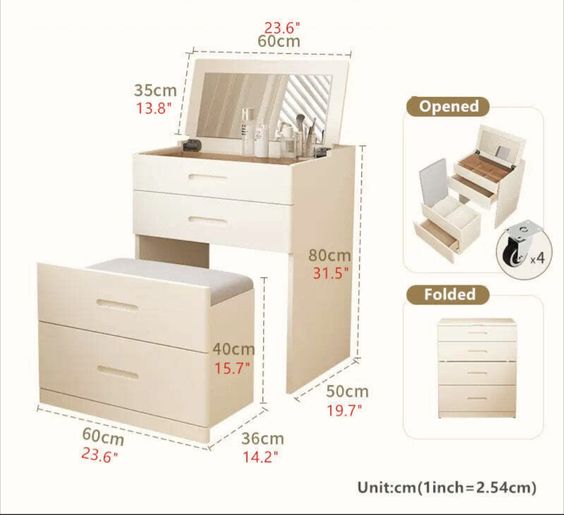
In the kitchen, use stackable containers or pull-out drawers to maximize cabinet space. In closets, consider hanging organizers for shoes or bags, and use over-the-door hooks for additional storage.
Be sure to regularly declutter and donate or recycle items you no longer need. The less stuff you have, the easier it is to maintain a clean, organized space.
5. Make Use of Every Nook and Cranny
Small spaces often have hidden storage opportunities that are easy to overlook. Look for unused nooks and corners where you can add shelves, cabinets, or even a small seating area. For example, a corner shelf unit can hold books or plants, while a narrow console table can serve as a catch-all for keys and mail.

Even the space under stairs or windows can be repurposed for extra storage or a small reading nook. Be creative with your use of space, and think about how you can use every inch to its fullest potential.
Also Read: Minimalist Home Design: Clean Lines, Neutral Tones, & Space
6. Opt for Built-In Furniture
If you have the option, built-in furniture can save a lot of space. Built-in shelves, desks, and storage units are designed to fit perfectly within the dimensions of your space. Not only do they maximize the available square footage, but they also provide a sleek, minimalist look.
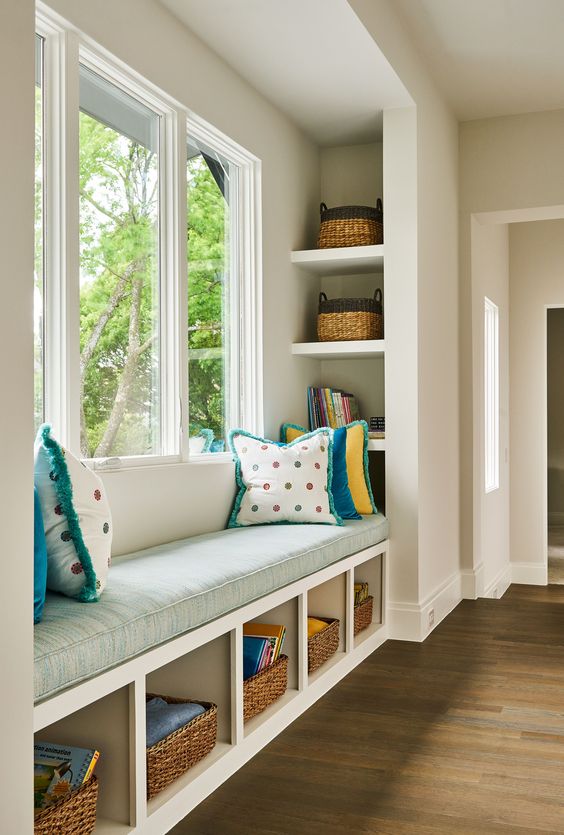
For instance, a built-in bench or desk nook by the window can serve as both a cozy seating area and a functional workspace. Built-in shelving around a door frame or along a wall helps free up floor space while keeping items organized.
7. Create Zones with Area Rugs and Room Dividers
In open-plan spaces, defining different zones can make the area feel more structured and less chaotic. Area rugs are an easy and affordable way to define spaces like the living room, dining area, or bedroom. Choose rugs that are in neutral colors or subtle patterns to help make the area feel cohesive.
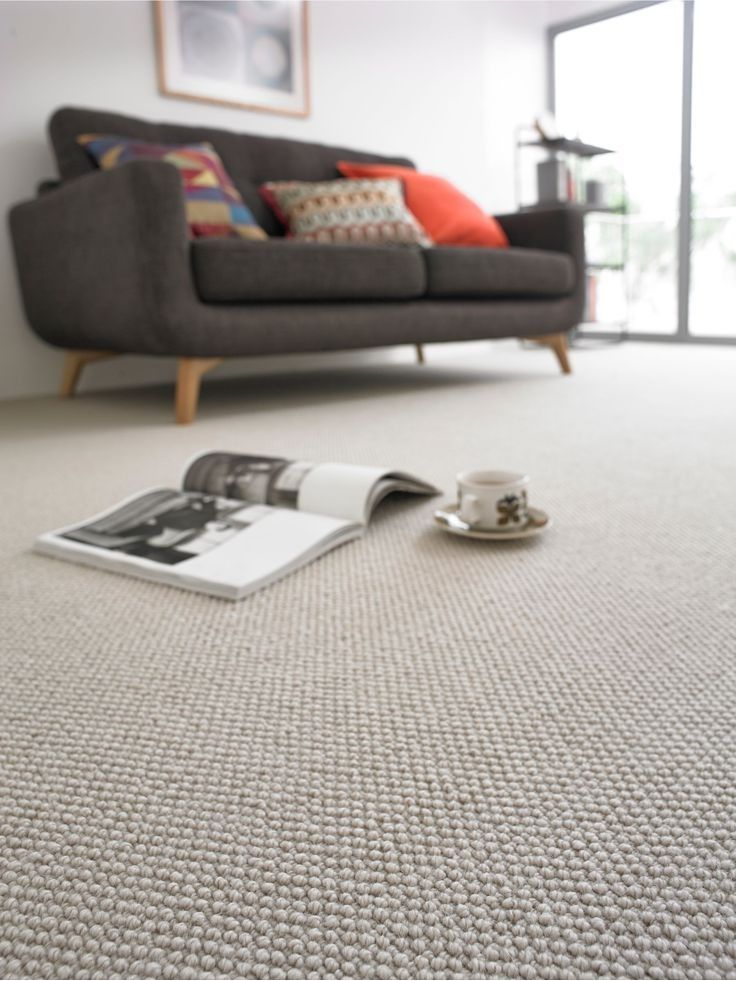
Room dividers, like curtains, folding screens, or bookshelves, can also be used to create distinct areas. If you’re living in a studio or open-plan apartment, a divider can separate your sleeping area from your living or work space, giving you more privacy and a sense of division.
Also Read: Bohemian Boho Style Interior Design: Why It’s Still Popular in 2024
8. Keep It Simple with Minimalist Decor
The minimalist approach works wonders in small spaces. Keep decorations to a minimum and focus on functional, well-designed items that serve a purpose. Clean lines, neutral colors, and simple patterns help create a clutter-free atmosphere.
Rather than filling your walls with lots of artwork, choose one or two statement pieces that make an impact. Keep your furniture simple and choose pieces that are both stylish and practical. The goal is to create a calm, peaceful space that doesn’t feel overcrowded.
9. Use Foldable or Collapsible Furniture
When you need to maximize space, foldable or collapsible furniture is a game changer. Folding chairs, tables, and wall-mounted desks can be tucked away when not in use, freeing up living space for other activities. A foldable dining table can be pulled out when guests come over and stored away afterward.
For those who frequently entertain, collapsible furniture is perfect for accommodating extra guests without permanently taking up space. Look for pieces that are both functional and easy to store.
10. Keep Things Personal with Creative Touches
Just because your living space is small doesn’t mean it has to lack personality. Add personal touches that reflect your style, such as plants, artwork, or unique décor pieces. Plants are especially effective in small spaces because they add life, color, and texture without taking up too much room.
Incorporating textiles like throw pillows, cozy blankets, and soft rugs can also make a space feel warm and inviting. These small details add comfort and style without overwhelming the space.
Final Thoughts
Living in a small space doesn’t mean you have to compromise on style, comfort, or functionality. By embracing smart storage solutions, multifunctional furniture, and creative design ideas, you can make even the tiniest of spaces feel spacious, organized, and welcoming.
The key is to think creatively, use every inch wisely, and keep your space clutter-free. With a little planning and effort, you’ll find that living in a small apartment or tiny home can be both practical and enjoyable. So, embrace the challenge and create a space that works for you.

